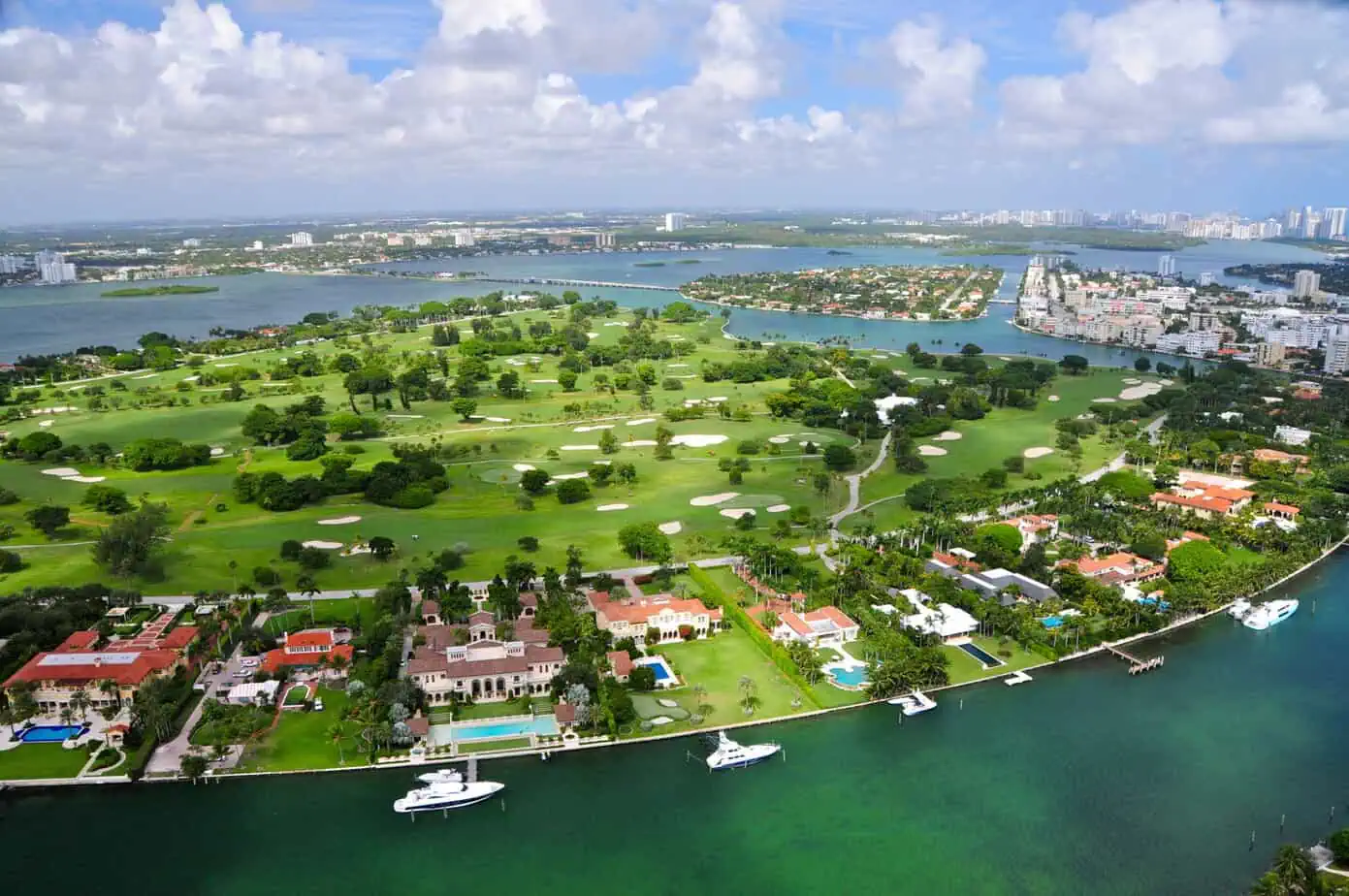The dream of Florida as a golfing paradise is coming to an expensive end with climate change: over the past twelve months, the Floridian real estate market has gone from being a hotspot for newcomers to a crisis area for owners. A mix of extremely high insurance costs, climate-related risks and stricter regulations is causing prices to fall and uncertainty to rise – even in previously sought-after residential areas such as golf communities.
Price slide despite boom past
Florida has long been considered one of the most dynamic markets in the USA. However, according to data from Bloomberg the state recorded the sharpest fall in property prices in more than 13 years in 2024 – particularly on the southwest coast. The overhang of offers is striking: compared to the previous year, the number of properties for sale rose by 59%. The reason for this is not only a decline in demand, but also an oversupply as a result of a construction boom in previous years.
Insurance costs at record level
A key problem: insurance costs. For an average home with a replacement value of $350,000, policies rose to over $9,400 per year in 2024 – an increase of more than 400% since 2019. More and more insurers are withdrawing from the market, leading to a price spiral. In some cases, there are hardly any insurers left for golf properties either – a problem that homeowners in the fire-threatened Los Angeles region have long been aware of.
Climate change as a silent catalyst
A decisive but often underestimated factor is the climate crisis. Rising sea levels, more frequent storms and flooding increase the risk of structural damage – and therefore also insurance costs. According to an analysis by the Financial Times around 84,000 foreclosures in Florida alone could be attributable to climate-related risks by 2035.
Golf real estate: a market with two faces
The parallel development in the golf property segment is interesting. According to the National Golf Foundation, houses on golf courses in the USA generally recorded an average increase in value of around 15% in 2023 – a clear contrast to the rest of Florida’s real estate market. Golf properties in Texas or Illinois recorded strong increases in value in 2024, while sales prices for golf properties in Florida fell by up to 43% in some cases. However, luxury communities in Naples, for example, recorded stable property prices.
One thing is certain: a property in Florida, long the Mecca for sun-seeking golfers, is no longer a safe investment. Climate change has turned the Sunshine State into a crisis region in terms of weather.







